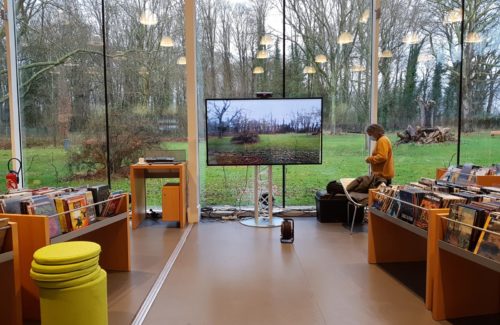FRESQUE #1 – Vidéo interactive
Créée par Lionel PALUN et développéé avec l’aide de William GUICQUERO, chercheur au CEA-LETI, France.
Vidéo interactive Full HD diffusée simultanément au Palais de la Bourse, Lyon France et à Knowledge Capital, Osaka, Japon.
FRESQUE #1 met en scène et interroge notre rapport aux données et aux réseaux à travers une vidéo interactive dessinée avec les pinceaux contemporains : Linux, webcams, capteurs d’environnement en Europe et au Japon, larsen vidéo(*), interactivité, streaming et flux de données en temps réel.
Dans cette installation, à l’instar des réseaux sociaux, l’image des spectateurs est considérée comme une donnée au même titre que les déplacements des vélos à Lyon ou un relevé de la vitesse du vent à Osaka.
Toutes ces données participent à l’écriture en temps réel d’une partition pour larsen vidéo. Cette partition, donne à voir les dynamiques des données collectées sur les deux continents et les mouvements des spectateurs devant l’installation.
Visages et silhouettes des spectateurs apparaissent simultanément dans les deux espaces de diffusion en France et aux Japon, mais contrairement au réseaux sociaux aucun stockage (enregistrement) de données n’est effectué. Toutes ces images ainsi que les données collectées se perdent dans le flux vidéo.
FRESQUE #1 met aussi en lumière la fausse ubiquité induite par les réseaux. Si les capteurs ne dorment jamais, il n’en va pas de même des spectateurs. Aussi les temps d’interactivité maximale sont le matin en France et la fin d’après-midi au Japon.
(*) le larsen vidéo, analogie avec l’effet larsen dans le son, consiste à créer un boucle d’image infini en filmant un écran sur lequel on diffuse l’image filmée par cette même caméra. La caméra peut alors être interprétée comme un micro et l’écran comme un haut-parleur.
Création artistique et développement : Lionel Palun, artiste électro-vidéaste, en collaboration avec William Guicquero, chercheur CEA.
Scénographie: Le LABO événements
Coordination: Paradox[a]
Description technique
1. General principles of the installation
Fresque#1 takes the form of constant video feedback between the two places, enriched by two types of data : video capture of spectators passing in front of the installation and real time data provided by sensors located in the installation area of close by.
Neither the data related to the spectators nor the video stream are being recorded.
2. The principle of video feedback
The principle of video feedback is to capture the broadcasted image. In analogy with audio feedback, the video camera replaces the mike and the screen replaces the speaker.
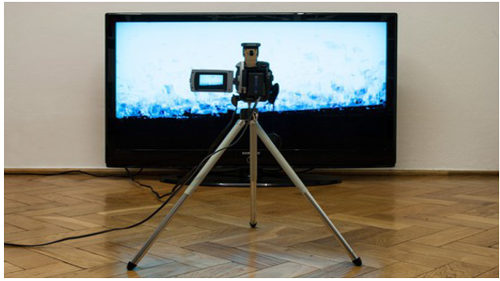
In Fresque#1, the video feeback is dual. An image is captured in one place, broadcasted in the other place, captured again and broadcasted again in the first place. We thus obtain a continuous and real time loop between the two places.

3. Feeding video feedback with data
Data are used to create a live graphical score inlayed in the double video feedback stream. No image is being recorded.
3-1- Data collected by sensors linked to the public places
Several data related to the public places (uses of public transportation, passenger flow, electric consumption, meteorological data…) will be used to generate real time and abstract graphical score :

To embody the breathing of a public place, Lionel Palun will select sets of dynamic data that will bring life to its image. These data must evolve quickly over time, so that their modulations can be perceived easily. 3 types of fluctuations rhythms will be considered : 10 minutes, 1 minute and 1 second.
The combination of data will need to be relevant so that, together, they indeed make people feel the rhythm of a place and of the several streams crossing it.
Specific working periods with William Guicquero, researcher in CEA-Léti, and other researchers / ingeeneers involved in the project FESTIVAL will focus on identifying data which are relevant in terms of dynamic and content for the artwork. This selection will also be done in discussion with locations presenting the installation.
3-2- Data generated by audience watching the artistic installation
A video camera capture spectators and generate in real time two types of data : spectators’ silhouettes and a photo portrait of one of the spectators chosen randomly.
For image capture and processing, the artist decided to use a « smart cam », a platform developed by CEA-Léti in the framework of FESTIVAL to do local smart vision through live image processing. The system enables endless reconfigurations. It enables, for example, to remove a picture’s background, keep only people’s silhouettes and replace them in another picture, count the number of people being captured, track their movements… That type of platform will enable Lionel Palun to extract the audience body and face from their original environment and place them into an abstract environment, just next to somebody from another place in the world.
Several research residencies with William Guicquero, researcher at CEA-Léti enabled Lionel Palun to explore the potential open by this camera and to develop the specific applications required for the artistic installation.
Silhouettes
Spectators’ silhouettes are inlayed in real time in the graphical score

Photo portraits
Photo portraits are captured by the video camera and get overlayed on the graphical score and transformed right away into monochromatic particles.
The spectator from which the face has been captured can move the system of particles thanks to its body movement during about 10 seconds. The portrait then get erased from the device and another portrait takes its place.

The portrait is transformed in a system of particle and disappear right away into the video feedback.
4 – Complete schema of the artistic installation’s device
The schema hereafter represents the artistic installation’s device. In this final device, the installation screen differs from the screen where the feedback is being created. The platform is a computer which receives data from video camera and sensors, creates real time graphical score, overlay it with video feedback stream and send back this stream on the screens in both locations.

5. Technical requirements for the presentation of the installation
The installation requires in both locations :
![]() a giant TV HD screen (at least 3×4 metres)
a giant TV HD screen (at least 3×4 metres)
![]() a dedicated high speed & symetrical network (same speed for inputs and outputs) with possibility to keep the same IP address.
a dedicated high speed & symetrical network (same speed for inputs and outputs) with possibility to keep the same IP address.
![]() access to local data
access to local data
![]() possibility to secure the artist’s material (camera and computer).
possibility to secure the artist’s material (camera and computer).
All the other material is being brought by the artist / Atelier Arts Sciences (computers, cameras,
artwork’s cartel)
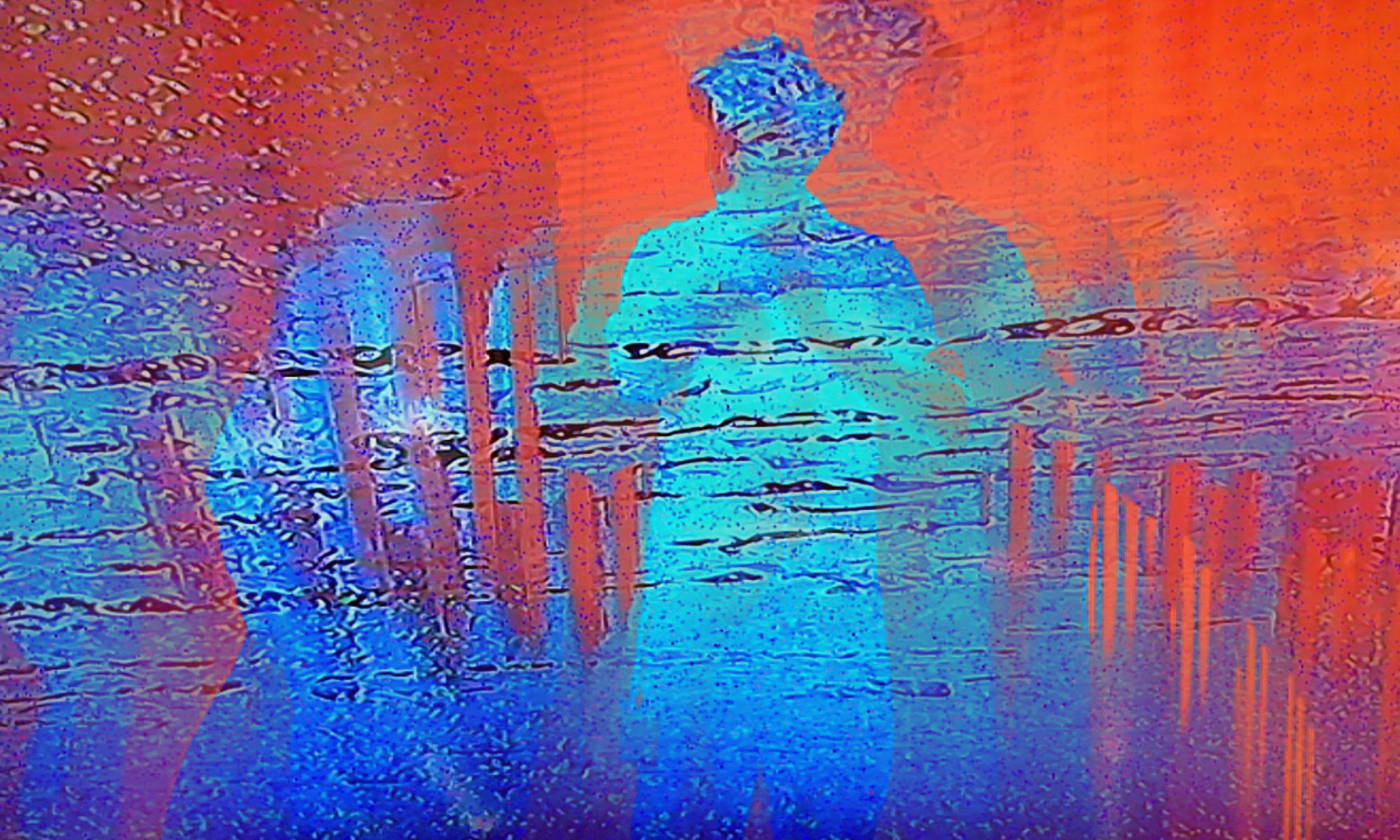











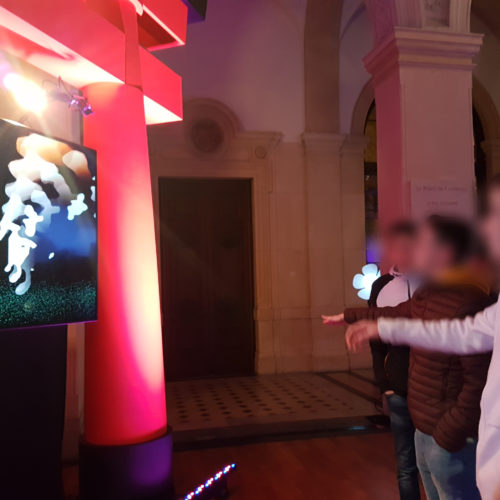

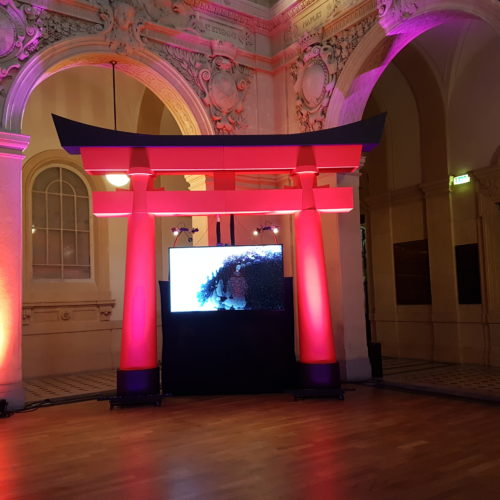


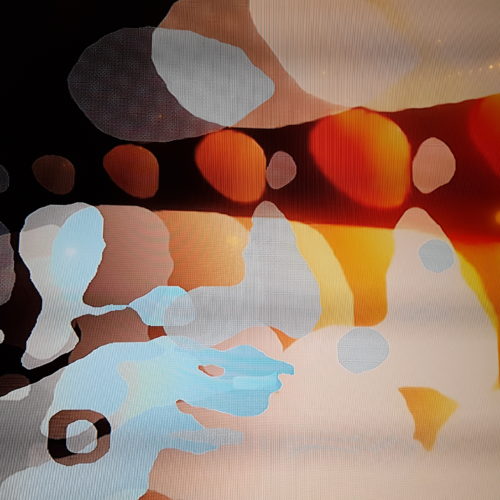



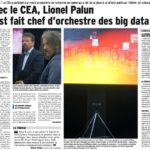
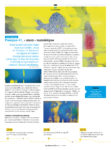
 Professionnel dans le spectacle vivant depuis 2001, il travaille l’image numérique sous ses aspects les plus divers :
Professionnel dans le spectacle vivant depuis 2001, il travaille l’image numérique sous ses aspects les plus divers :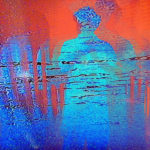 Fresque #1
Fresque #1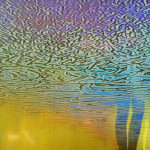 Fresque #1
Fresque #1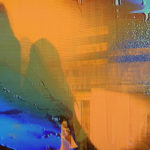 Fresque #1
Fresque #1 Fresque #1
Fresque #1 Fresque #1
Fresque #1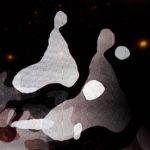 Fresque #1
Fresque #1 Fresque #1
Fresque #1